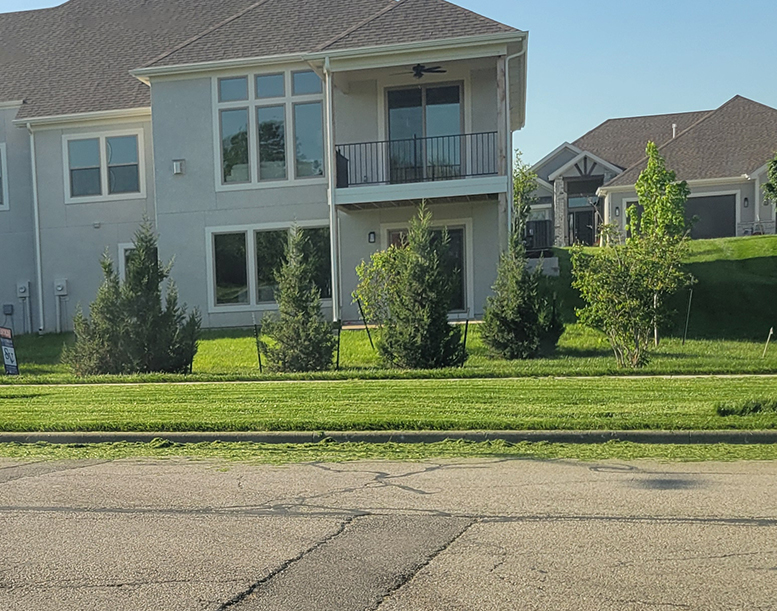From Lawn to Lakes: Runoff Pollution Contaminates
This last weekend, I did something incredible. I know many people in the same position may be envious. I got my wife interested in fishing. She hooked a 3-pound catfish in the HOA pond behind our house. The excitement in her eyes reminded me of when I caught my first fish. Our son was also with us, and the excitement rubbed off on him. It was a very special moment I got to share with my family. We were walking around the block a little bit later, and I saw something that could prevent someone else from having that same experience. My neighbors were mowing. I know what you are thinking: how does mowing affect our ability to fish? It is because of what they weren’t doing. All my neighbors, and I do mean all, left their grass clippings in the street.
Grass clippings are a source of nutrients for other plants. That is why you might have heard about using them to fertilize your grass or add to your compost. When they are still green, they are a source of nitrogen. Many things like to consume this nitrogen, including pathogens like fungi, plants like trees and flowers, and aquatic plants like algae. However, regular algae are not the same as blue-green algae that you might have heard about on the news, which is a bacteria known as cyanobacteria. If you like to fish, you know about blue-green algae. If you visit a lake on the weekends, you might have seen signs around a body of water warning of an algal bloom.

When grass clippings are left on the road or in the gutter before a rain event, they wash down the storm drains. These storm drains eventually lead into our streams and creeks, which could drain into our ponds, lakes, and rivers. Because they are a source of nutrients, when they break down in the water, those nutrients become available for uptake by plants and bacteria. When there is a significant excess of nutrients accumulating in the water, a process called eutrophication occurs. Eutrophication leads to large, prolific algal blooms.
Do you know why blue-green algae blooms are so harmful? First, let's stick with the fish example. Large blue-green algae blooms can deplete the oxygen levels present in the water. This leads to fish dying from hypoxia. Depleted oxygen levels aren’t the only thing that can harm wildlife. Cyanobacteria can create toxins that harm fish, mammals, and humans. That is why the public is warned about swimming in lakes or allowing dogs to drink from bodies of water with an algal bloom. These toxins are not easily removed, and boiling the water doesn’t make it safe to consume.
I’m not saying that you can’t discharge your clippings into the street. But what I am saying is that if you do it, then it is crucial that you sweep or use a leaf blower to get those clippings off the road. Otherwise, you are contributing to the runoff pollution that lowers the water quality of our ponds, lakes, and rivers. So, when you are mowing from now on, think about your impact and the excitement you can help bring to families downstream by doing your part to clean up the roadways.
If you are looking for ways to dispose of your grass clippings properly, click here for a publication on recycling grass clippings. To check for any watches or warnings of algal blooms in your area, visit the Kansas Department of Health and Environment, Division of Environment, for more information.
Additional resources are available on our website here: Pond Management.
by Markis Hill, Horticulture Ornamentals and Turf Agent, 2025